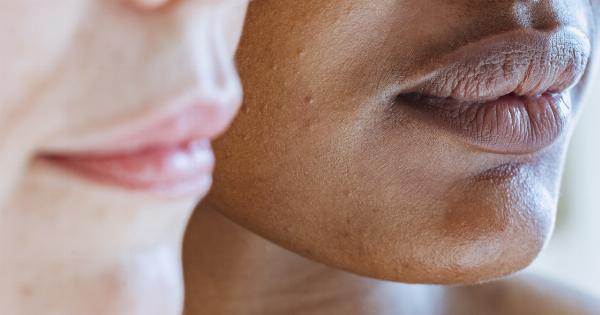Lowering cholesterol is crucial for maintaining good health and preventing severe health problems such as heart disease and stroke. Cholesterol is a type of fat molecule, essential for building healthy cells and maintaining good health.
However, too much cholesterol can lead to serious health issues such as atherosclerosis or the hardening and narrowing of arteries, which can result in a heart attack or stroke.
High levels of cholesterol can be caused by unhealthy lifestyle choices such as poor diet, lack of exercise, and smoking. If you want to lower your cholesterol, the good news is that it can be done naturally without medication.
Here are five simple techniques that can help you lower your cholesterol levels.
Eat a Healthy Diet
One of the best ways to lower cholesterol is by following a healthy diet. A healthy diet consists of low-fat, low-cholesterol, and high-fiber foods.
Foods that are high in fiber such as fruits, vegetables, whole grains, and legumes can help reduce cholesterol levels by binding to them in the digestive system and carrying them out of the body.
Studies have shown that a diet rich in fruits and vegetables can reduce cholesterol levels by up to 14 percent.
Some of the best foods for lowering cholesterol include: – Oatmeal and oat bran – Apples, grapes, and citrus fruits – Nuts, especially almonds and walnuts – Soy products, such as tofu and soy milk – Fatty fish, like salmon and tuna – Olive oil and canola oil.
Get Regular Exercise
Exercise is essential for maintaining good health and lowering cholesterol.
It has been shown to increase the levels of high-density lipoprotein (HDL), also known as good cholesterol, while reducing the levels of low-density lipoprotein (LDL), also known as bad cholesterol.
When it comes to exercise, the more you do, the better your cholesterol levels will be. According to the American Heart Association, you should aim for at least 150 minutes of moderate exercise or 75 minutes of vigorous exercise every week.
Examples of moderate exercise include brisk walking, cycling, or light gardening. Vigorous exercise includes activities such as running, swimming, or aerobic dancing.
Any type of exercise that gets your heart rate up and keeps it there for at least 30 minutes will help lower cholesterol.
Avoid Smoking
Smoking is one of the most significant risk factors for heart disease and stroke. It has been shown to increase both LDL or bad cholesterol, and triglycerides, which are another type of harmful fat molecule.
Smoking also damages the walls of arteries, making it easier for cholesterol to build up and form plaques.
If you smoke, quitting is one of the best things you can do for your health. It can take time, patience, and support, but it’s worth it.
Within just a few months, your risk of heart disease and stroke will start to decrease, your breathing will improve, and your cholesterol levels will begin to drop.
Reduce Stress
Stress can have detrimental effects on cholesterol levels by raising levels of cortisol, a hormone that can increase LDL or bad cholesterol. High levels of cortisol can also lead to weight gain, which can also raise cholesterol levels.
Reducing stress can help lower cholesterol levels, as well as improve overall health.
There are many different techniques for reducing stress, including: – Meditation or yoga – Deep breathing exercises – Tai chi or qigong – Acupuncture – Massage.
Find what works best for you, and try to incorporate stress-reducing practices into your daily routine.
Maintain a Healthy Weight
Being overweight or obese can increase cholesterol levels and lead to various health problems. Losing weight can help to lower cholesterol levels and reduce the risk of heart disease and stroke.
To maintain a healthy weight, you should aim for a body mass index (BMI) of between 18.5 and 24.9. To achieve this, you should follow a healthy diet, get regular exercise, and avoid sugary and fatty foods.
It’s also essential to get enough sleep, as lack of sleep has been shown to increase cholesterol levels.
Conclusion
By following these five simple techniques, you can lower your cholesterol levels naturally without medication.
A healthy diet, regular exercise, avoiding smoking, reducing stress, and maintaining a healthy weight are all essential for maintaining good health and reducing the risk of heart disease and stroke.





























